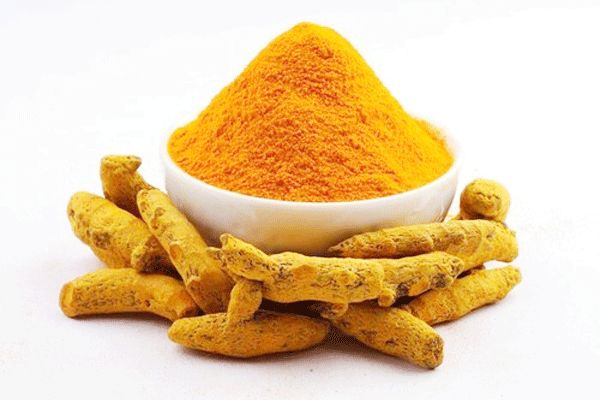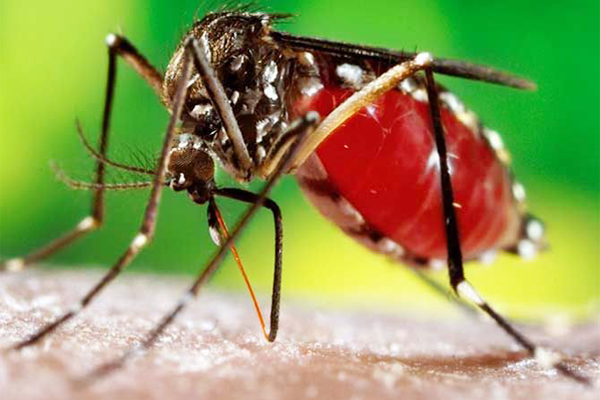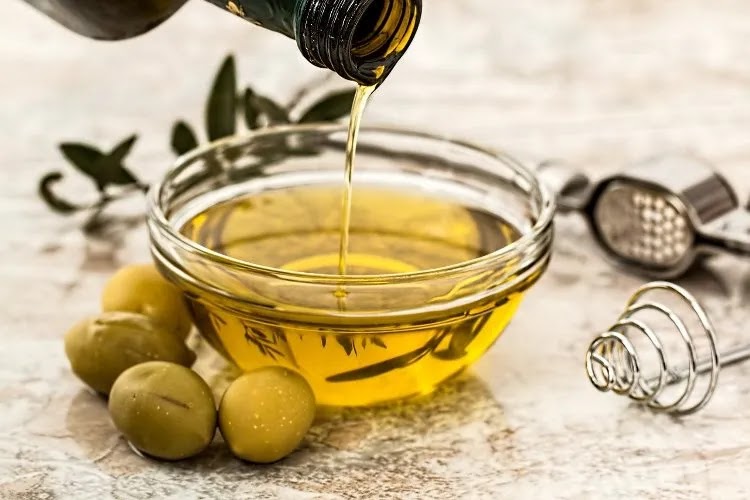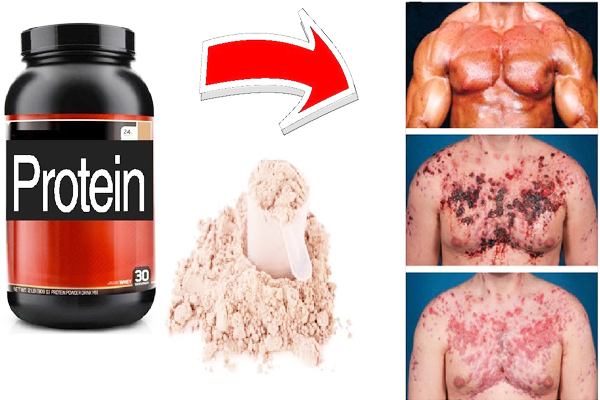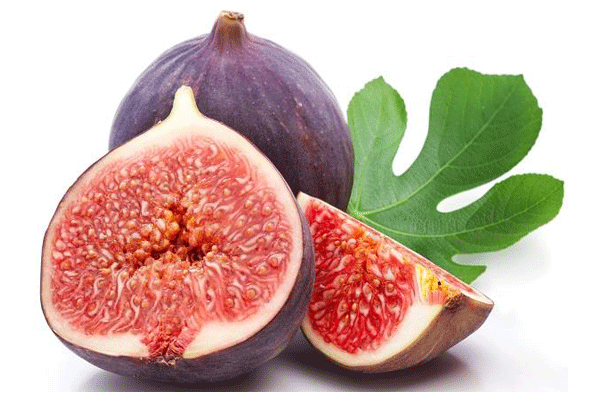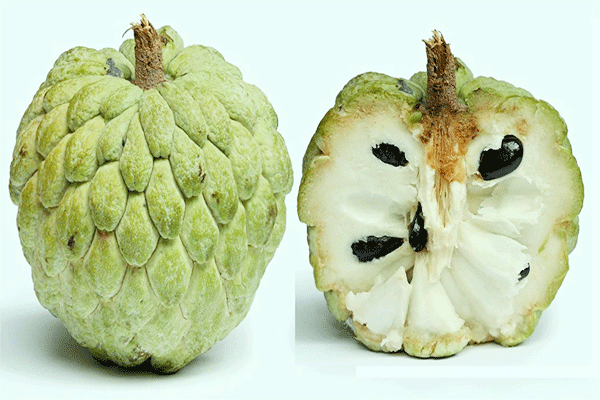Health Benefit of Comfrey:Comfrey is a plant that has been used as medicine and as a healing herb for thousands of years.It has been used as a herbal remedy to treat everything from bruising, severe burns, and bone fractures to hair loss and chronic inflammation. Comfrey has also been known to cure various conditions such as arthritis and gout.
Comfrey Benefits: Comfrey is a perennial herb that has been around for centuries. It’s a natural pain reliever and healer applied externally to relieve burns, cuts, and animal bites. Comfrey also works to heal broken bones and torn ligaments when applied topically. It can also help reduce swelling in arthritis and mild to moderate cases of gout.
Using Comfrey Products: Comfrey is best known for its ability to help with skin conditions. It can be used topically or internally to help heal wounds and provide relief. Comfrey is also called knitbone, bone plant, and boneset.
Why does comfrey grow in the wild?
Comfrey is a succulent plant that grows in the wild. It can also be found as one of nature’s most abundant plants, and It has been used as a medicinal herb for several millennia and has some health benefits. The leaves can be applied to bruises, burns, and other skin conditions. Comfrey is an excellent way to heal extra sensitive skin and help encourage elasticity and tissue growth.
Does comfrey contain estrogen?
Comfrey, or knitbone, is one of the most valuable medicinal herbs. It was found in the 17th century and used for centuries to treat wounds and treat infections. Researchers have discovered that comfrey contains estrogenic compounds similar to those found in soybeans. When introduced into a human breast tissue model, the estrogenic compounds in comfrey cause breast cancer cells to increase growth and metastasis.
How to plant comfrey in your garden
Comfrey is a herb that has been used for centuries to help heal wounds and reduce inflammation. It’s also helpful in preventing infection by reducing pain and swelling. To help propagate comfrey, dig a trench in your garden so the roots can spread out underground. Fill it with dirt, water it well, and place a pot or small plant in the trench before covering it back up with soil.
Wound Healing: Comfrey is a flowering plant that grows in temperate environments. It has been used for centuries to treat problems related to skin, bone, and muscle health. Traditionally, comfrey was applied externally on the affected area. Comfrey is also commonly used topically on wounds because it has natural anti-inflammatory properties.
Moisturization: Comfrey leaf oil is one of the most popular oils for making poultices and ointments. It has high magnesium, vitamin A, manganese, calcium, iodine, and zinc. It is recommended to apply these medicines to the skin three times a day.
Skin Toning: Comfrey herb is a beneficial plant for treating burns, wounds, and other skin issues. Comfrey helps restore and regenerate burned tissue and heal ulcers by drawing out infection and drawing the cells together. However, comfrey may cause irritation and dryness in some cases, which is why you should use this plant with caution.
Control Hair Loss: Comfrey root can be used to help with a variety of hair loss conditions, the most common being the thinning of hair and balding. Comfrey root contains a natural protein called Proteinase Inhibitor, which helps stop breakage and promotes healthy hair growth. When comfrey herb is blended with other herbs, such as burdock root, it’s also beneficial for relieving scalp conditions such as dandruff.
Detangles Hair: Comfrey is not just a plant that is good for healing bruises, and it also has some pretty powerful properties. For example, comfrey hair can be used to straighten hair without having to use harsh chemicals. Comfrey hair can also be used as a scalp treatment for dandruff or other scalp conditions.
Digestive Aid: Comfrey tea has long been used as an effective natural remedy for soothing the gastrointestinal tract to cure problems such as indigestion, acid reflux, and heartburn. Comfrey is a fast-growing perennial plant related to carrots in temperate areas from Asia to Europe and North America. It thrives in moist soil with total sun exposure but grows in dry or shady areas. The leaves can be harvested at any time during the summer, autumn, or spring.
Cures cancer: Comfrey oil is a powerful antioxidant, which has been used to treat cancer for centuries. It is still being used but not as often as oil derived from the plant’s leaves. Comfrey oil has been shown to have reasonable amounts of tannins, alkaloids, and saponins.

